Published 1st Nov. 2022
Reading time
Telling someone you’re going on holiday to Japan will probably elicit the same response: ‘are you going during cherry blossom season?’ Thanks to Instagram, it seems to be the only season the islands are known for. But dig a little deeper and you’ll find that Japan has something up its sleeve all year round. In autumn, or aki, it’s all about momijigari (which literally translates to ‘red leaf hunting’), while in January, snow flurries across the north signal the start of the country’s ski season. Come July though and it’s time for Okinawa’s boho beaches and cool coastal towns to have their moment. And don’t get us started on the festivals. Hosting up to 200,000 a year, you’re guaranteed to be in for a generous slice of festival fever and spectacular views whatever season you choose to stop by. Read on to discover the best season to visit Japan.
Haru
Ask anyone when the best season to visit Japan is and they’ll probably say spring. Balmy winds, known as haru-ichiban, begin to blow, mountains shed their winter coats to become scenic alpine routes filled with nattering ptarmigans and parks become never ending canopies of blossom. Join locals in hanami (floor viewing) – the annual observance of spring blossom – at picnics in Shinjuku Gyoen, walk the walk along Kyoto’s picturesque Philosopher’s Path and hanami with the best of them at Ueno Cherry Blossom Festival in Tokyo – think a pastel pink celebration complete with food stalls, folk dancing and a flower market. A trip to the hills, or Mount Yoshino to be precise, for an authentic Sakura display of over 1,000 cherry trees should also be added to any spring itinerary.
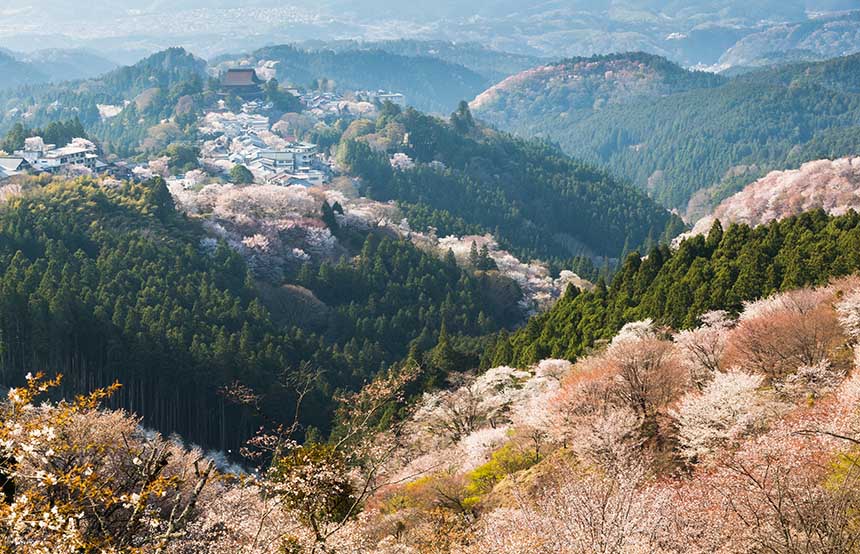
Natsu
Summers in Japan are notoriously wet, hot and humid. But don’t let that dissuade you. June’s tsuyu (rainy season) brings with it verdant views across the country’s mountainous temple-filled towns like Hakone and Koyasan, while July and August’s rising temperatures make way for some of the season’s big festival hitters. From Akita Kantō Matsuri in Northern Honshū, which sees revellers celebrate by balancing bamboo poles festooned with lights and lanterns on their heads and shoulders, to Gūjo Odori in Gūjo-Hachiman, where locals dance the night away for 32 consecutive nights, it is clear that the Japanese know how to party. Another reason to consider Natsu the best season to visit Japan is its food. To combat the climbing temperatures, food stalls change their tune and put on displays of kakigōri (sweetened shaved ice and ice cream) and cold-noodle soups that require you to catch them through a bamboo half-pipe.
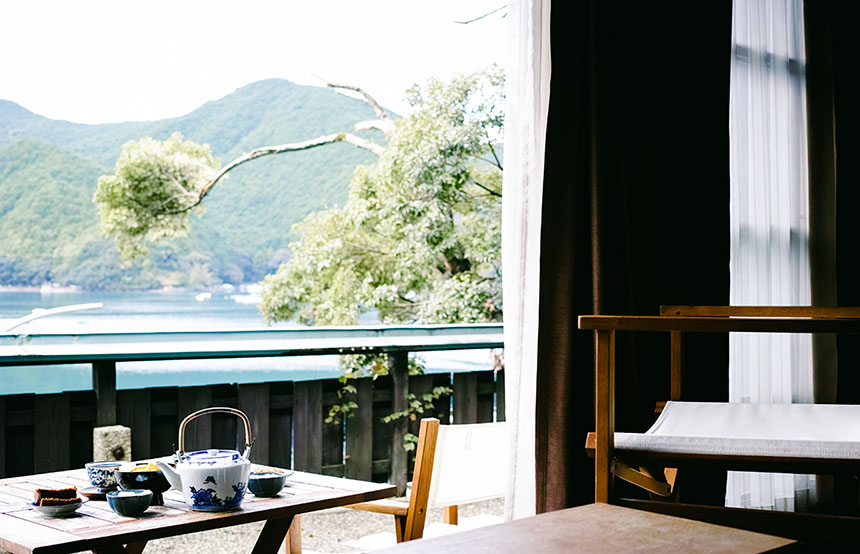
image by Pauline Chardin
Aki
Step aside New England, there is a new leaf peeping paradise in town. Colloquially known as momijigari, Japan’s change of season is taken so seriously that the country creates an annual leaf forecast. But fear not, the camera-crazy crowds haven’t caught wind of the season quite yet. Koyo (another phrase the Japanese have coined for leaf peeping) your way through avenues of golden ginkgo trees and up well-worn mountain trails blanketed in maple trees and maroon-hued moss. Follow the sweeping season to the south of the country, where crimson colours linger as late as November. Explore ancient ochre-turned gardens, UNESCO protected temples (we’re looking at you Tenryu-ji) and charming onsen towns, where you will be rewarded with a salubrious soak in steaming springs. Surely the thought of that alone makes autumn one of the best seasons to visit Japan?
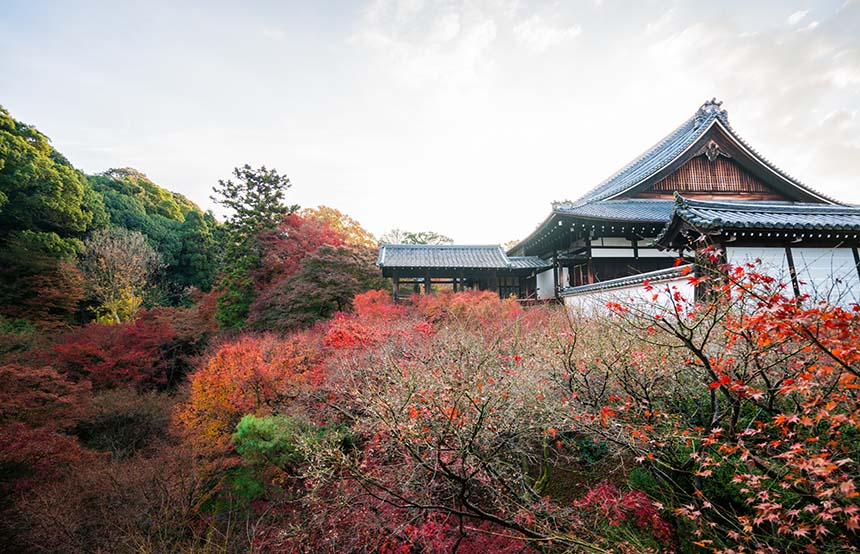
Fuyu
Japan doesn’t do things by halves and winter (or Fuyu) is no different. Ski season is in full swing and traditional alpine villages revel in chocolate-box glory (Google Shirakawago in winter and you’ll see what we’re on about). But even if skiing isn’t your thing, winter still has plenty up its down-jacket sleeve. Swing by Hokkaidō’s Sapporo Snow Festival, which shuts down the city’s streets in favour of 65-foot tall ice sculptures, toboggan runs and skating rinks. Pause by Tsurui to witness the seemingly meticulously choreographed mating dance of red-crowned cranes and make the most of the country’s crowd-free cities, where you’ll be able to sightsee to your hearts content. Plus, who can say no to a bottle of warm sake under a kotatsu (thick quilt) in a charming ryokan at the end of the day?
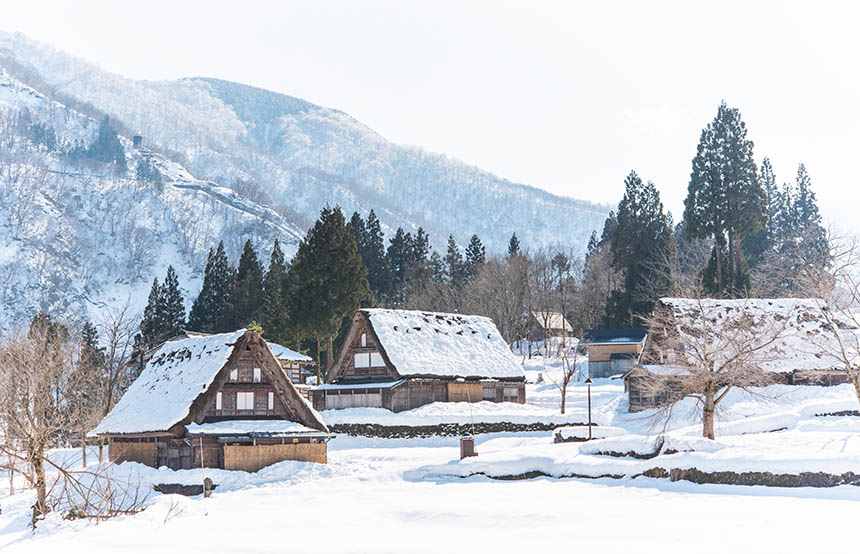
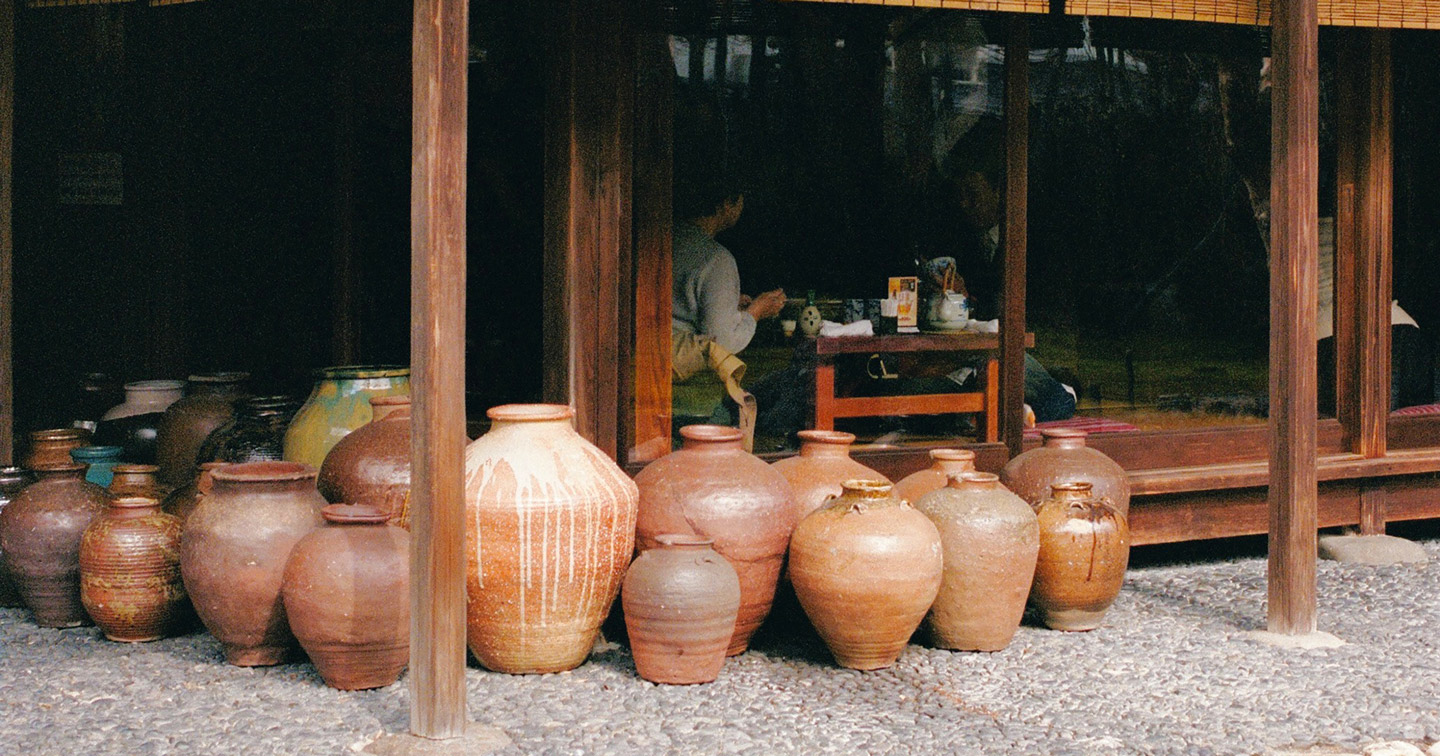
Whether you’re a family seeking Tokyo’s futuristic museums or a couple wishing to relax in Hokkaido’s onsens, we’ve got you covered. Our consultants have first-hand experience of living in Japan, so we know the secret spots off the beaten track (and how to reach them). Train travel is the best and most efficient way to explore the country, and wherever you visit, getting to grips with Japan’s diverse culture is a must. We work with guides who provide in-depth experiences on the history of Samurai or Geisha culture, and we have hand-picked traditional ryokan properties to rest your head in.
ENQUIRE NOWPractical advice and inspiration for your next trip
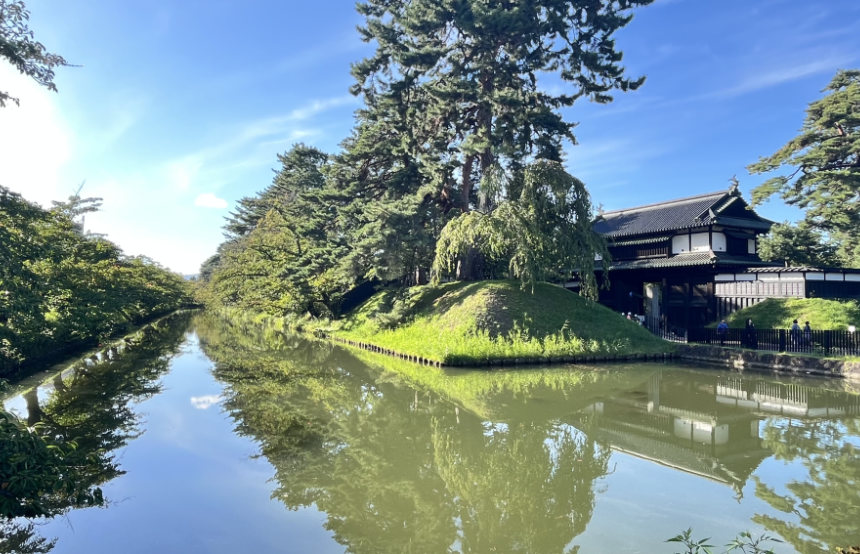
On a recent research trip to Japan, our Asia specialist, Joyce, spent ten days exploring the lesser-trodden treasures of Tohoku, in northeast Honshu. She stayed in cosy mountain-framed ryokans, hiked along Iwate’s rugged coastline and admired Japan’s deepest lake – all without the crowds. From sipping smooth sake to sampling fresh uni, it was a trip for the books. Keen to know more? Read on for the most memorable moments from Joyce’s time in Japan.
24th November 2025 - Japan Travel Tips
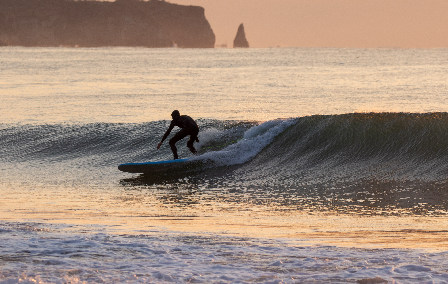
Surfing may not be as synonymous with Japan as sushi or sake, but there’s a thriving surf scene in the ‘Land of the Rising Sun’. The annual typhoon season (especially between August and October) brings powerful swells to Japan’s Pacific Coast, making this the optimal time to hit the waves. And with almost 18,500 miles of coastline to choose from, there’s no shortage of shores. Keen to narrow down the options?
12th August 2025 - Japan Beaches & Islands
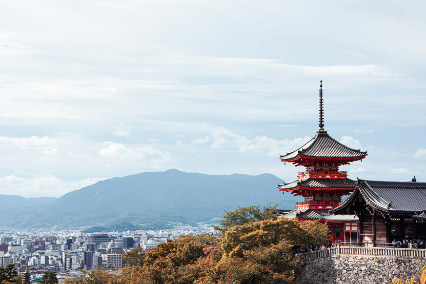
Japan is world-renowned for its spectacular scenery – and it’s easy to see why. From shimmering lakes and cascading waterfalls to lush forests and majestic mountains, its natural beauty is truly something to behold. So, whether you’re looking to cycle through the lush pine trees at Amanohashidate or relax on the white-sand beaches of the Amaharashi Coast, we’ve got you covered. Read on to discover our shortlist of the most unmissable Japanese landscapes… Amanohashidate Sandbar,
28th July 2025 - Japan Travel Inspiration

Our team of destination experts will get to know you and your unique requirements for your holiday

We work with you to build an ultra-personalised holiday itinerary with your choice of accommodation, experiences and activities

All of our holidays include little extras designed to make a big difference to your trip, from fast-tracking you through airport check-in and security to our network of local Concierges